Home > Blog > Understanding the Importance of Elevator Components for Enhanced Safety and Efficiency
-
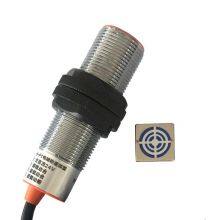 Dandelion
Hi there! Welcome to my shop. Let me know if you have any questions.
Dandelion
Hi there! Welcome to my shop. Let me know if you have any questions.
Your message has exceeded the limit.

Understanding the Importance of Elevator Components for Enhanced Safety and Efficiency
2025-06-20 13:48:22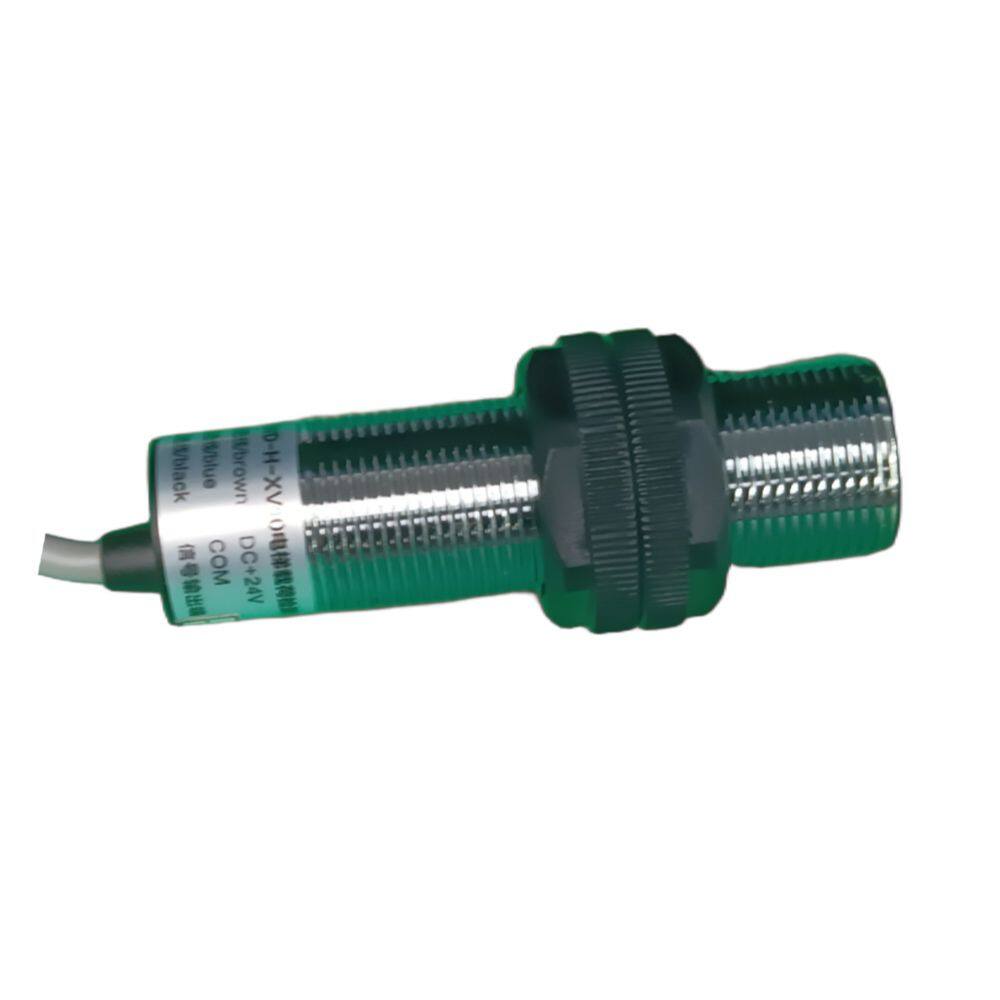
Elevators are integral to modern buildings, offering seamless transportation solutions in residential, commercial, and industrial settings. While the primary focus often lies on the elevator itself, it is the components that make up this complex system that truly determine its performance, safety, and longevity. Understanding the importance of elevator components is essential for building owners, managers, and maintenance teams to ensure optimal functionality and passenger safety.
1. Safety and ReliabilityElevator components are the backbone of elevator safety. From brakes to control systems, every part plays a critical role in preventing accidents and ensuring smooth operation. For instance, the brake system is responsible for stopping the elevator safely in case of emergencies, while sensors and control panels monitor the system in real-time. Without high-quality components, the risk of malfunctions, accidents, and downtime increases significantly.
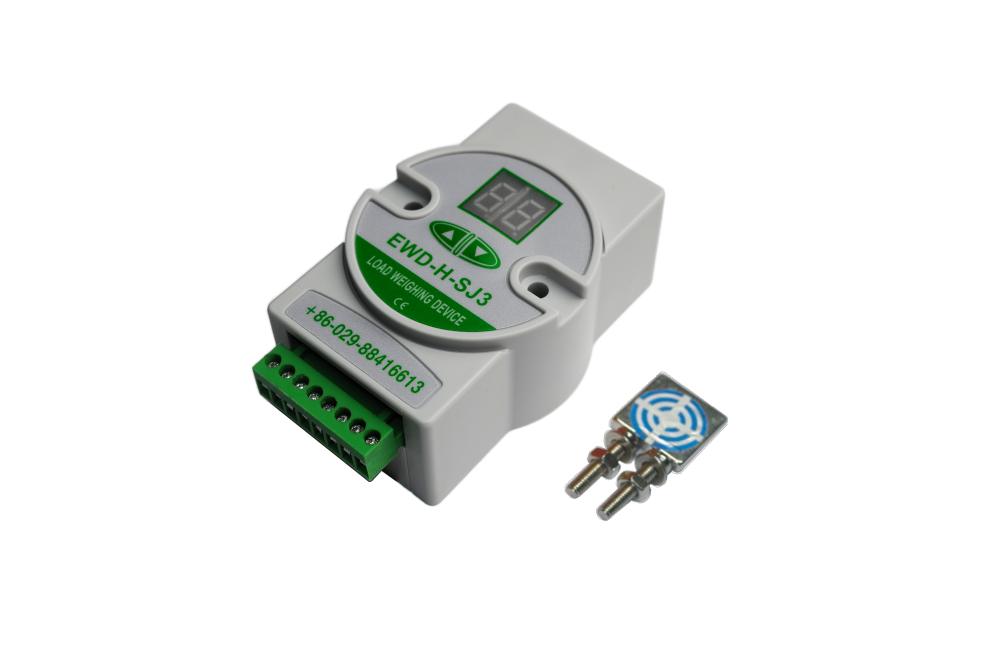
The performance of an elevator directly depends on the quality of its components. High-performance components, such as efficient motors, durable belts, and precise sensors, ensure that the elevator operates smoothly, quickly, and with minimal energy consumption. Upgrading or maintaining these parts can improve the elevator’s efficiency, reduce energy costs, and enhance user satisfaction.
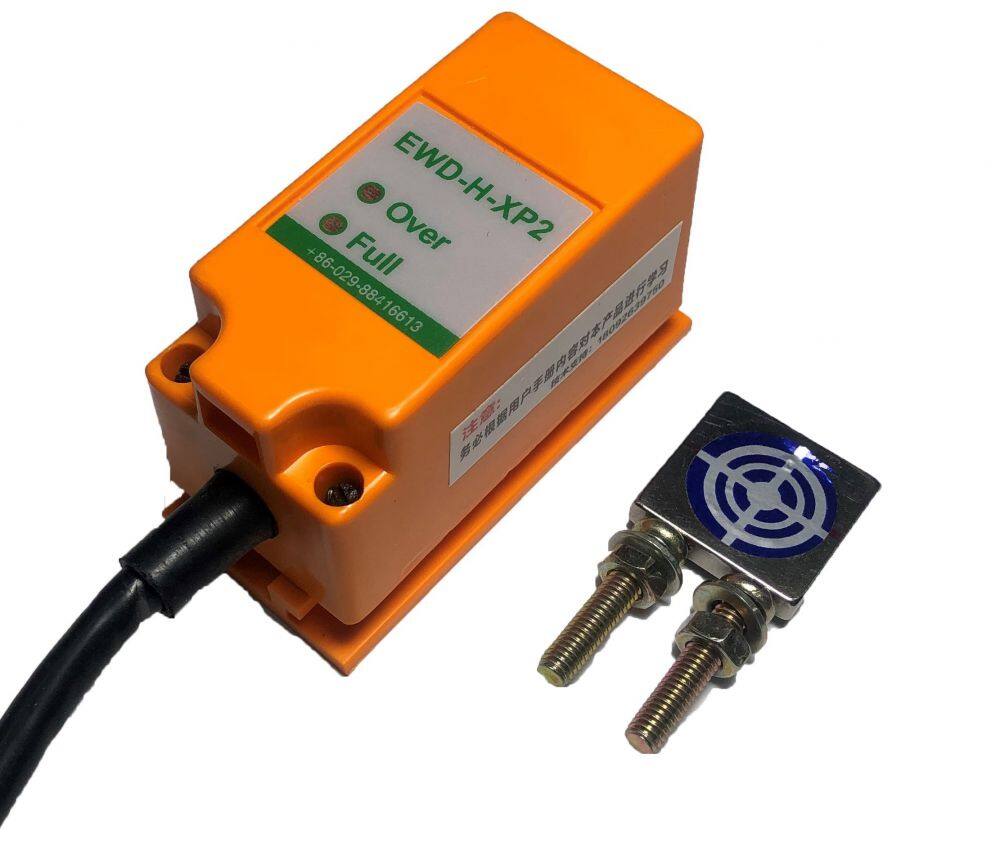
Regular maintenance of elevator components is crucial for extending the lifespan of the system. Worn-out or outdated parts can lead to frequent breakdowns, costly repairs, and shortened equipment life. By investing in high-quality components and scheduling routine inspections, building owners can save money in the long run and ensure consistent elevator performance.
4. Compliance with Safety StandardsElevators must adhere to strict safety standards and regulations to protect passengers and comply with legal requirements. Many of th these standards are directly related to the components used in the elevator system. For example, safety governors, emergency stop systems, and fire protection mechanisms are essential for meeting these standards. Using certified and reliable components ensures compliance and reduces liability risks.
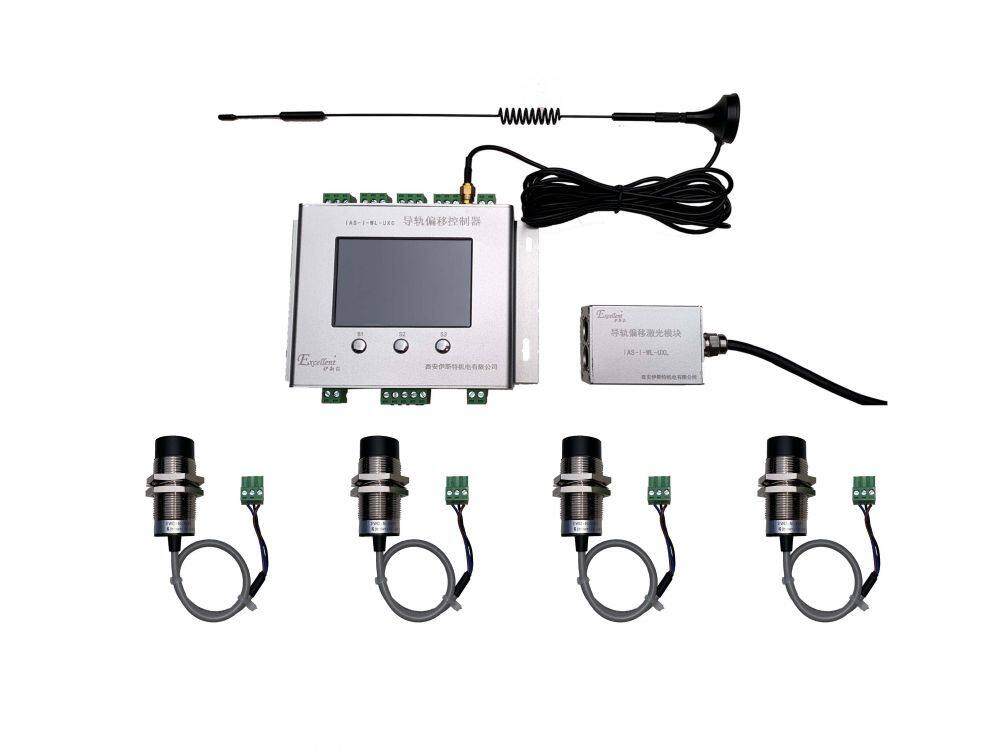
Elevator components come in various types and sizes, allowing for customization to suit the specific needs of a building. Whether it’s a high-rise office building, a hospital, or a residential complex, selecting the right components can optimize the elevator system for the building’s unique requirements. This adaptability ensures that the elevator operates efficiently and meets the demands of its users.
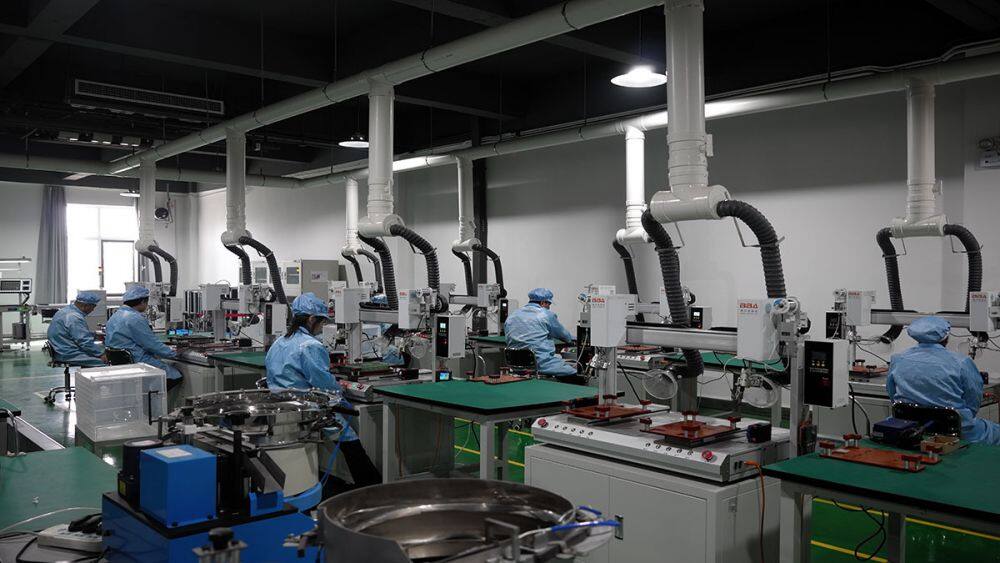 6. Environmental Impact
6. Environmental ImpactModern elevator components are designed with sustainability in mind. Energy-efficient motors,braking systems, and eco-friendly materials contribute to reducing the environmental footprint of elevator operations. By choosing environmentally responsible components, building owners can align with global sustainability goals while lowering operational costs.
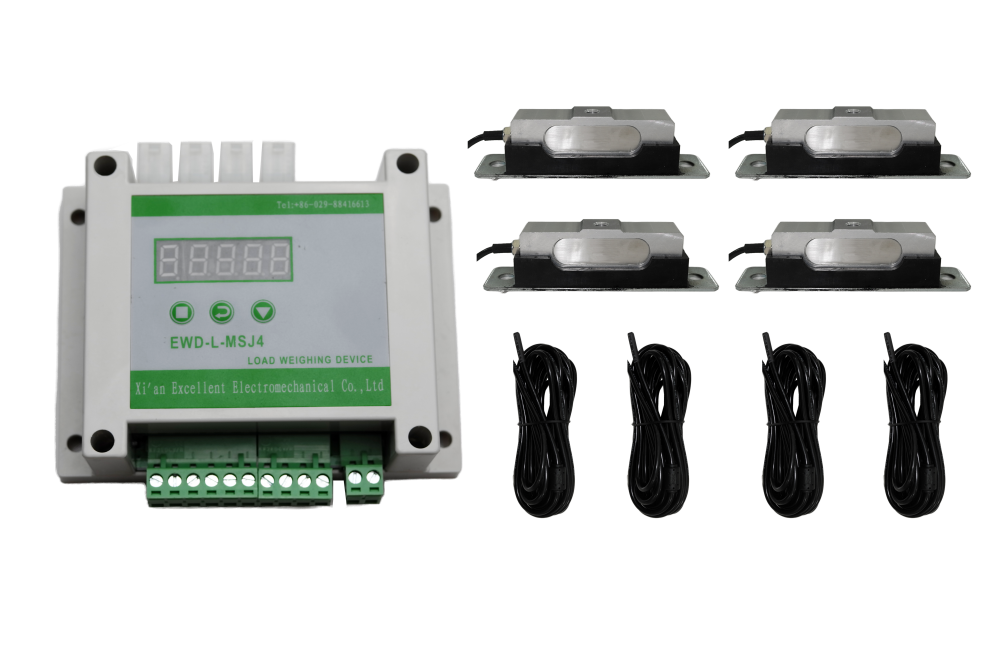 Conclusion
ConclusionElevator components are the unsung heroes of any elevator system. From ensuring passenger safety to enhancing efficiency and reducing maintenance costs, these parts are vital for the smooth operation of elevators. Building owners and managers must prioritize the selection and maintenance of high-quality components to ensure optimal performance, compliance with safety standards, and long-term reliability. By recognizing the importance of elevator components, we can create safer, more efficient, and sustainable elevator systems for the future.
Tags: elevator parts, safety
